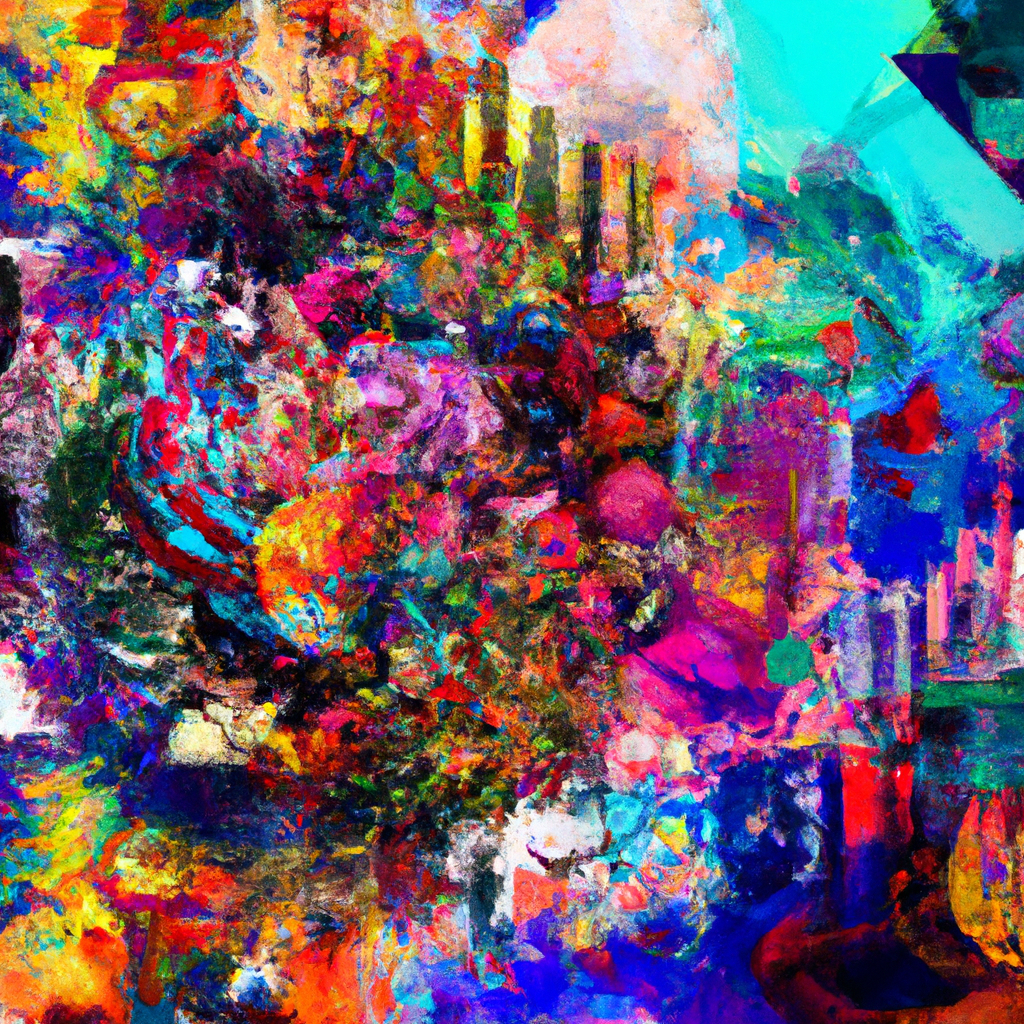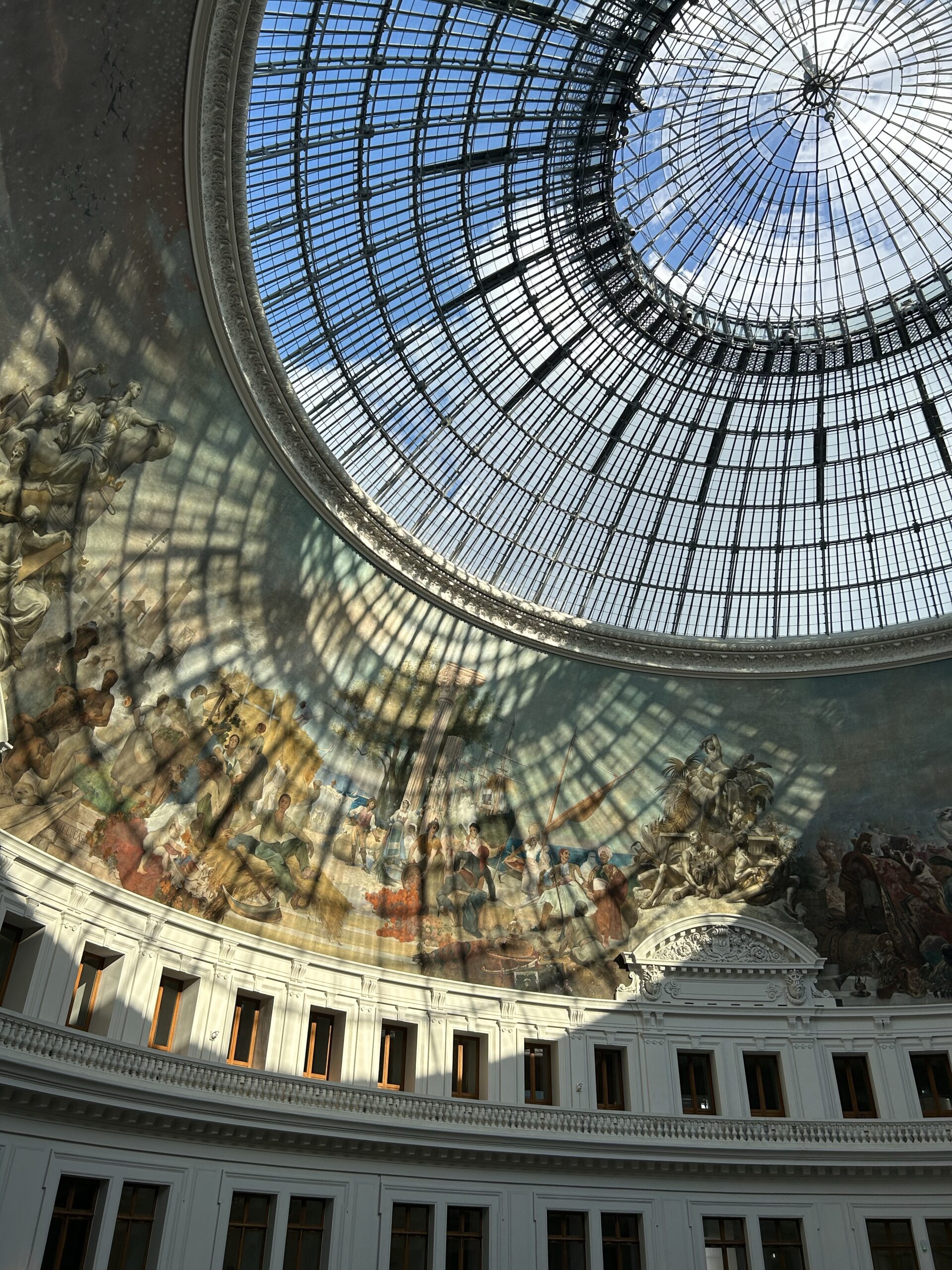Art has always been a reflection of human creativity and expression, but now, thanks to recent advancements in Artificial Intelligence (AI), machines are joining the creative conversation. From paintings that rival the works of renowned artists to music composed by algorithms, the AI art movement is redefining what it means to create. In this article, you will explore the fascinating realm of AI-generated art and discover how these machines are changing the face of creative expression. Prepare to be amazed by the limitless possibilities that AI brings to the world of art and creativity.
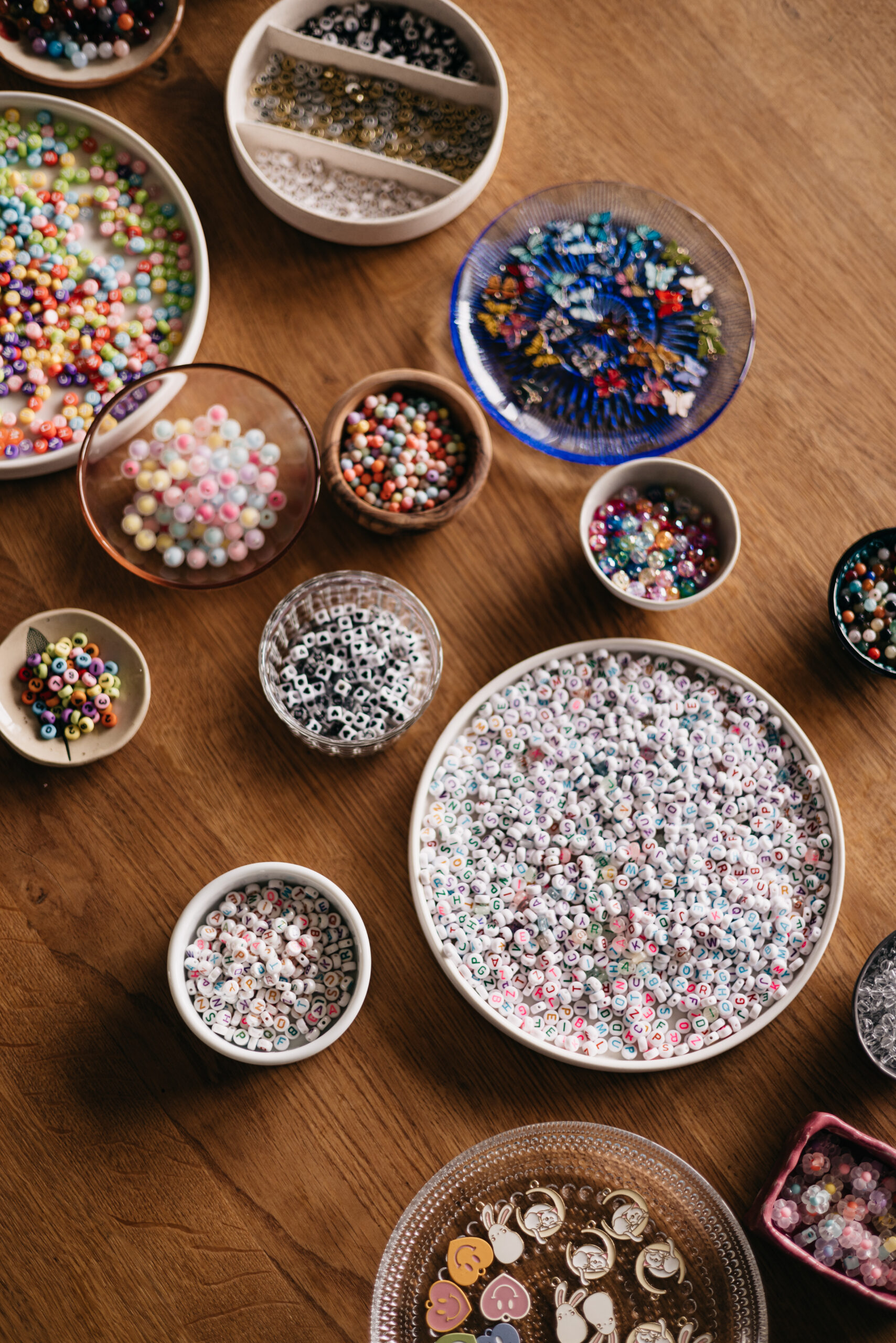
Understanding Artificial Intelligence in Art
Definition of AI in the context of art
Artificial Intelligence (AI) in the context of art refers to the application of machine learning algorithms and computer systems to create or enhance artistic outputs. AI systems are designed to simulate human intelligence and are capable of analyzing data, processing information, and making decisions. In the art world, AI can be used to generate new artistic ideas, improve the creative process, and create unique and innovative artworks.
The evolution of AI in art
The use of AI in art has evolved significantly over the years. In the past, artists used traditional methods and techniques to create their artworks. However, with advancements in technology, artists started incorporating digital tools and software into their artistic process. This led to the emergence of digital art, where artists relied on computer programs and algorithms to create their artwork. Today, AI has taken this evolution further by enabling machines to generate and create artworks independently, blurring the line between human and machine creativity.
The role of AI in the contemporary art scene
AI has revolutionized the contemporary art scene by challenging traditional notions of creativity and artistic expression. It has opened up new possibilities for artists, allowing them to explore uncharted territories and push the boundaries of their creativity. AI algorithms can process vast amounts of data, analyze patterns, and generate new ideas that may not have been possible for human artists alone. The use of AI in art has sparked discussions about the role of machines as artists and the definition of creativity in the digital age.
The Intersection of Art and Technology
How technology has influenced art creation
Technology has had a profound impact on the creation of art. From the invention of the printing press to the development of digital software, artists have continually embraced and incorporated new tools into their creative process. Technology has provided artists with new mediums and techniques, allowing them to experiment and express their ideas in innovative ways. From digital painting to virtual reality installations, technology has expanded the possibilities of artistic expression and challenged traditional artistic norms.
The emergence of digital art
Digital art has emerged as a prominent genre within the intersection of art and technology. Digital artists utilize computer programs, software, and digital tools to create their artworks. These artworks can take various forms, including digital paintings, 3D sculptures, and interactive installations. Digital art offers artists a unique and versatile medium to explore their creative ideas, blending traditional art techniques with cutting-edge technology.
Concept of generative art
Generative art is a form of art that is created using algorithms and computer-generated processes. It involves the use of programmed instructions to generate artworks that are continuously evolving and changing. Generative art embraces randomness, and the final output is often unpredictable and unique. It challenges the notion of the artist as the sole creator and emphasizes the collaboration between the artist and the machine. Generative art has gained popularity in the contemporary art scene, showcasing the power of AI in creating dynamic and ever-evolving artworks.
Examples of AI in Art
Noteworthy AI artworks
Several noteworthy AI artworks have gained recognition in the art world. One example is “Portrait of Edmond de Belamy,” which was created by an AI algorithm trained on a dataset of classical portraits. The artwork was sold at auction for a significant price, sparking a debate about the value and authorship of AI-generated art. Another example is “The Next Rembrandt,” where AI algorithms were used to recreate a painting in the style of the famous Dutch painter. These examples highlight the capabilities of AI in creating compelling and thought-provoking artworks.
Influential AI artists and their work
AI artists, such as Anna Ridler and Mario Klingemann, have made significant contributions to the field of AI art. Ridler’s work often combines machine learning algorithms with traditional artistic techniques to create visually striking artworks. Klingemann, on the other hand, explores the boundaries of AI-generated art by using algorithms to create abstract and unconventional artworks. These artists are pushing the limits of AI in art and showcasing the potential of machine creativity.
The use of AI in art installations and exhibitions
AI is increasingly being used in large-scale art installations and exhibitions. These installations often incorporate interactive elements that engage the audience and invite them to explore the possibilities of AI in art. For example, the “Sensory Seas” installation by artist Refik Anadol uses AI algorithms to create immersive visual and auditory experiences based on data collected from the audience. Such installations demonstrate the transformative power of AI in creating engaging and immersive art experiences.
The Processes involved in AI Art Creation
The use of algorithms in creating art
Algorithms play a crucial role in creating AI art. Artists use algorithms to define rules and instructions that govern the creative process. These algorithms analyze data, generate patterns, and make decisions based on predefined parameters. By utilizing algorithms, artists can explore new creative possibilities and generate unique artworks that may not have been possible through traditional means. Algorithms form the backbone of AI art creation, enabling machines to generate creative outputs independently.
Machine learning in art
Machine learning is a subset of AI that focuses on enabling machines to learn and improve from experience. In the context of art, machine learning algorithms can be trained on large datasets of artworks to identify patterns, styles, and techniques. This training allows the machine to generate new artworks that mimic the characteristics of the training data. Machine learning algorithms can also adapt and evolve over time, enhancing their ability to create diverse and unique art pieces.
Process of training an AI to create art
Training an AI to create art involves several steps. First, a dataset of existing artworks is collected, often encompassing a wide range of styles, techniques, and genres. Next, machine learning algorithms analyze and process this dataset to identify patterns and characteristics. The algorithms learn from this dataset and generate new artworks based on the patterns and styles they have learned. This iterative process of training and generating continues until the desired level of creativity and uniqueness is achieved.
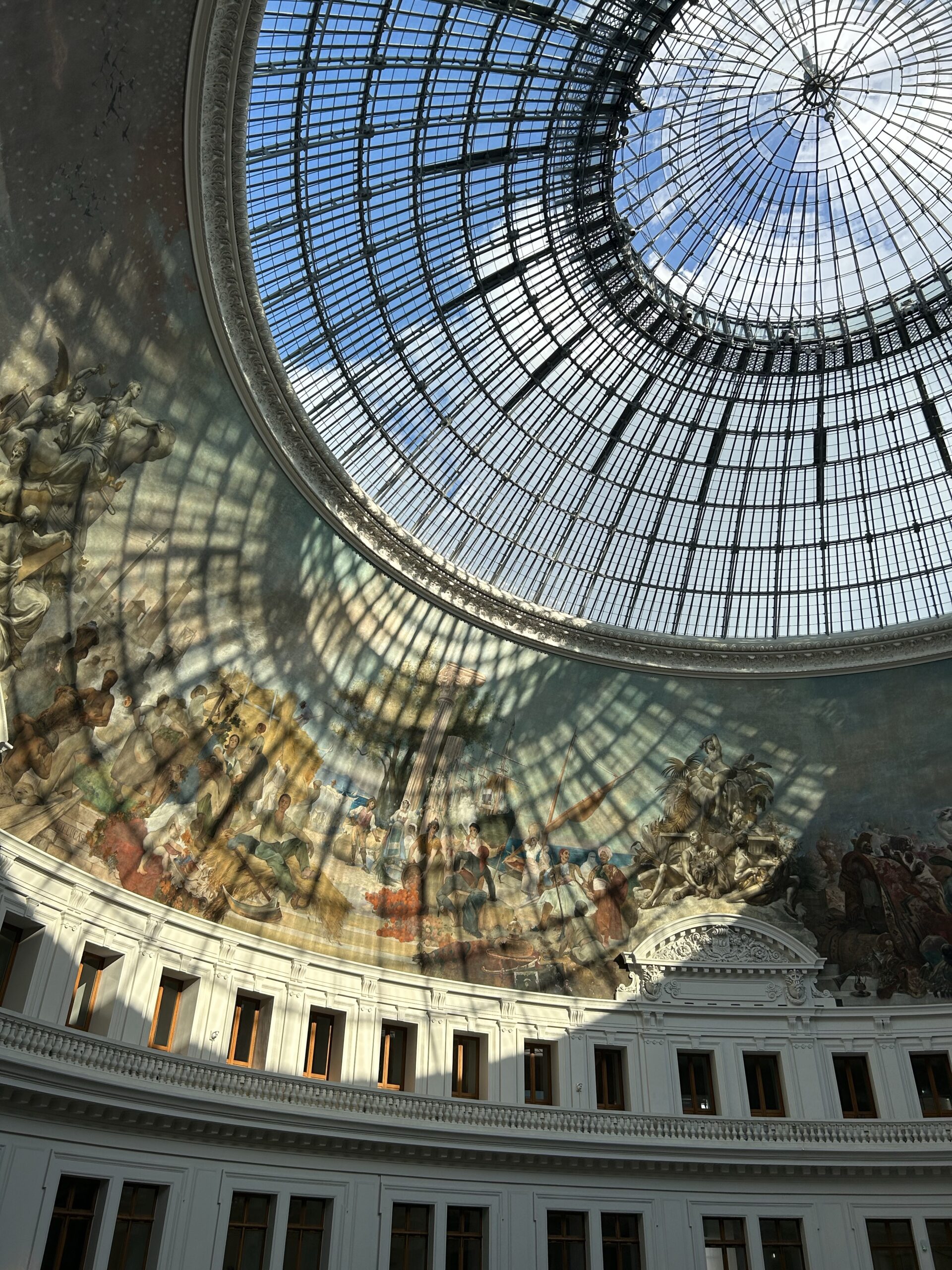
Merits and Demerits of AI Art
Potential benefits of AI in art creation
AI offers several potential benefits in art creation. Firstly, AI algorithms can generate vast quantities of ideas and concepts, enabling artists to explore a multitude of possibilities and expand their creative horizons. AI can also enhance the creative process by providing artists with new tools and techniques to experiment with. Additionally, AI-generated art has the potential to reach wider audiences, as it can be easily reproduced and shared digitally. Furthermore, AI can assist artists in overcoming creative blocks by providing inspiration and generating novel ideas.
Challenges and criticisms of AI art
Despite its potential benefits, AI art also faces challenges and criticisms. One major concern is the question of authorship and originality. As AI algorithms analyze existing artworks and generate new ones based on these patterns, critics argue that AI art lacks true originality and is merely mimicking existing styles. There are also concerns about the over-reliance on technology, which may diminish the role of human creativity and intuition in the artistic process. Additionally, the ethical implications of AI art, such as the use of personal data in training algorithms, raise significant concerns.
Ethical considerations in AI art
Ethical considerations play a critical role in the realm of AI art. Artists and technologists need to consider the data used to train AI algorithms and ensure that it is collected responsibly and with the necessary consent. Transparency is also important, as audiences should be aware that they are interacting with AI-generated artworks. Furthermore, the impact of AI on the job market for human artists and the potentially monopolistic power of AI platforms in the art industry should be carefully monitored and addressed.
Impact of AI on Human Creativity
Augmentation of human creativity through AI
AI has the potential to augment human creativity by providing artists with new tools and resources. AI algorithms can analyze vast amounts of data, identify patterns, and generate ideas that human artists may not have considered. This collaboration between human artists and AI can lead to innovative and groundbreaking artistic expressions. AI can help artists overcome creative blocks, inspire new ideas, and extend the boundaries of artistic possibilities.
AI’s role in automating creative tasks
AI can also play a role in automating certain creative tasks, allowing artists to focus on more conceptual and expressive aspects of their work. For example, AI algorithms can assist in the creation of realistic digital environments or generate complex visuals based on input from the artist. This automation of repetitive or technical tasks can free up artists’ time and energy, enabling them to delve deeper into their artistic visions and explore more profound concepts.
Influence of AI on individual artistic style
AI can have an influence on an individual artist’s style and expression. Artists who incorporate AI into their creative process may discover new techniques or approaches that are influenced by the algorithms they work with. AI algorithms can expose artists to new perspectives and ways of thinking, leading to the evolution and refinement of their artistic style. AI’s influence on an artist’s style can be both subtle and transformative, allowing for growth and experimentation in their creative journey.
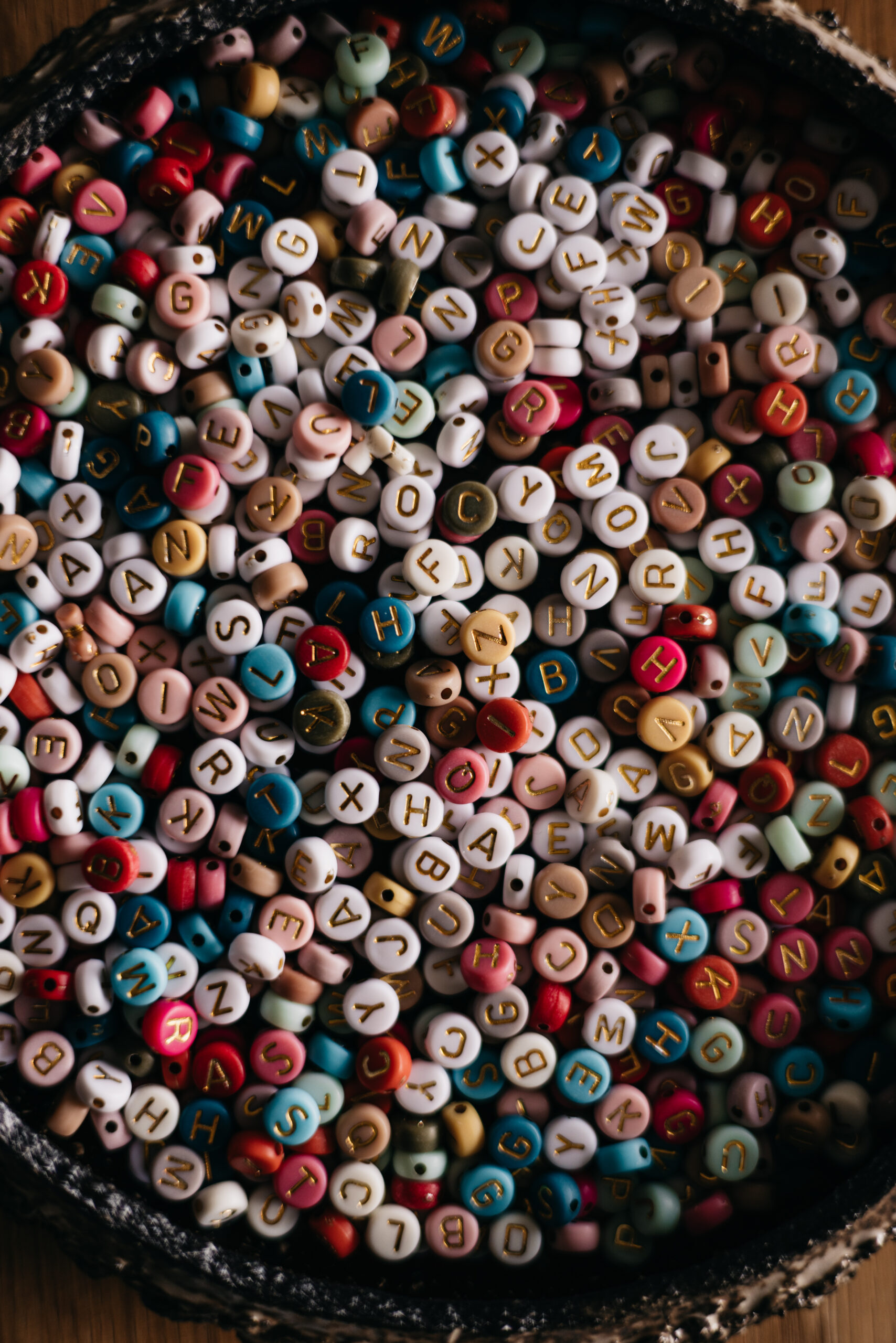
Future of AI in Art
Predicted advancements in AI art
The future of AI in art holds exciting possibilities. Advancements in AI technology will likely lead to more sophisticated and intelligent algorithms capable of generating even more diverse and innovative artworks. AI may also enable real-time collaborations between human artists and AI systems, creating a seamless integration of human and machine creativity. Furthermore, as AI algorithms continue to improve, they may gain the ability to understand and respond to emotional and conceptual nuances, further blurring the lines between human and machine creativity.
Integration of AI in other forms of art
AI has already made significant inroads in traditional visual art, but its integration into other forms of art is also predicted. AI can potentially enhance music composition, dance choreography, and even theater productions. The use of AI in these art forms can bring new dimensions and possibilities, expanding the boundaries of human creativity. As technology continues to advance, artists from various disciplines will be able to harness the power of AI to create interdisciplinary and groundbreaking works of art.
The potential market for AI art
The market for AI art is also expected to grow in the future. AI-generated artworks have already gained attention in art exhibitions, galleries, and auctions. As AI becomes more widespread and accepted in the art world, there is a potential for a dedicated market for AI-generated art. Collectors and enthusiasts may seek out AI artworks for their uniqueness, technical innovation, and the intriguing collaboration between humans and machines. The market for AI art presents new opportunities for artists, collectors, and art institutions alike.
AI in Art Education
Incorporation of AI in art curriculum
Art education has the potential to incorporate AI into its curriculum, introducing students to the possibilities and challenges of AI in art. Teaching students about AI can help them understand and engage with the emerging field of AI art. By incorporating AI-related projects and assignments, students can gain hands-on experience with AI tools and techniques and explore the intersection between technology and art. Integrating AI into art education can prepare students for a technology-driven art world and foster creativity and innovation.
Potential impact on art education
The incorporation of AI in art education can have a significant impact on students and their artistic development. Students will have the opportunity to experiment with new techniques, collaborate with AI algorithms, and explore the potential of AI in their artistic practice. AI can also provide students with valuable feedback and critique, enhancing their learning process. Additionally, exposure to AI in art education can broaden students’ perspectives and inspire them to think critically about the role of technology in their creative endeavors.
Preparing students for technology-driven art world
By incorporating AI into art education, students can be better prepared for the technology-driven art world. They will develop skills in working with AI tools, understanding algorithms, and leveraging technology to enhance their artistic practice. These skills are increasingly relevant in the contemporary art scene, where the use of technology and AI is becoming more prevalent. By equipping students with these skills, art education can empower them to navigate the evolving landscape of art and technology and embrace the opportunities presented by AI.
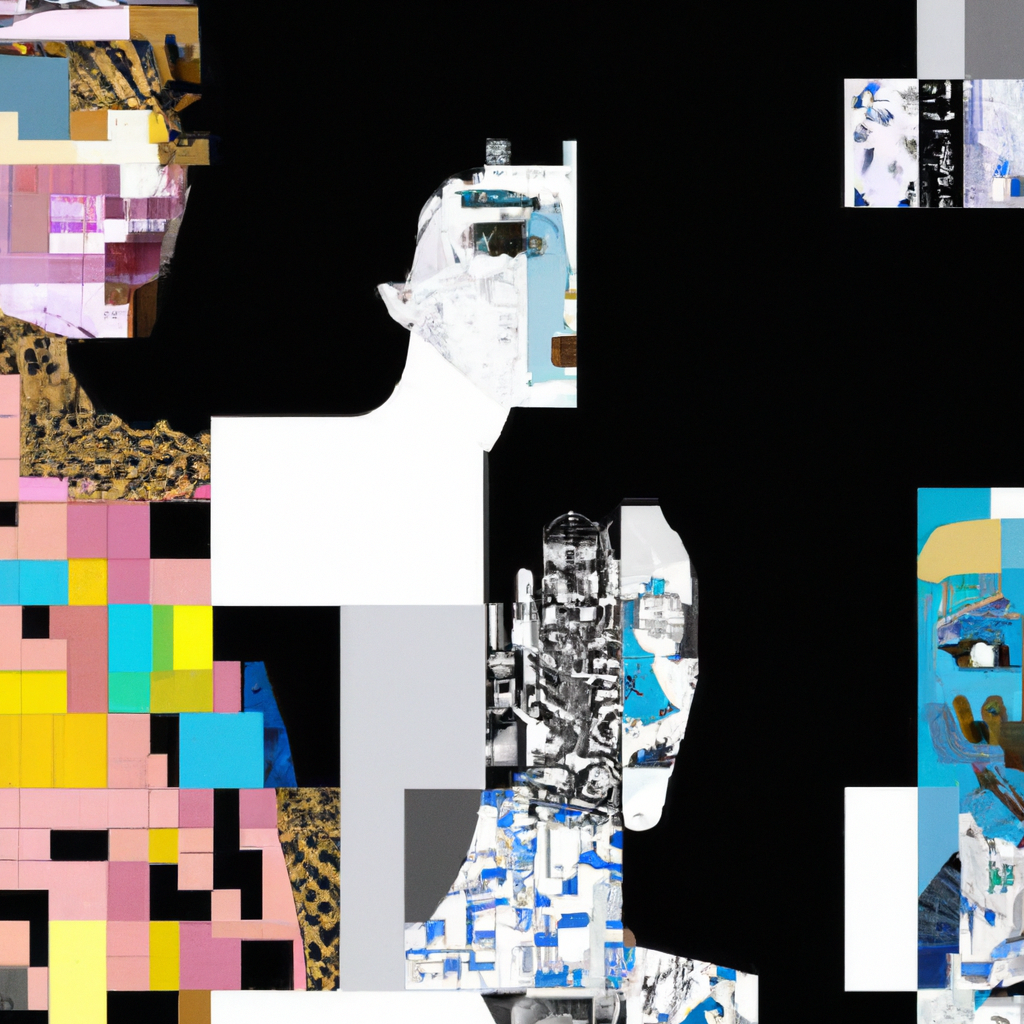
AI Art in Commercial World
Use of AI in advertisement and brand design
AI is being employed in the commercial world for advertisement and brand design purposes. AI algorithms can analyze consumer data, trends, and preferences to create targeted advertisements. These algorithms can generate personalized content that resonates with specific target audiences, leading to more effective marketing campaigns. Additionally, AI can assist in brand design by generating logos, graphics, and visual materials that capture the essence and values of a brand.
Impact on the market value of art
The introduction of AI-generated artworks into the art market has had an impact on the market value of art. AI artworks have generated significant attention and interest, attracting both traditional art collectors and technology enthusiasts. This increased demand, combined with the uniqueness and innovation associated with AI-generated art, has led to higher market values for these artworks. However, the market is still evolving, and the long-term impact of AI on the art market remains to be seen.
AI role in art authentication and fraud detection
The use of AI in art authentication and fraud detection has become increasingly important as the market for art expands. AI algorithms can analyze and detect patterns within artworks that may indicate authenticity or forgery. By comparing an artwork to a vast database of known artworks and styles, AI algorithms can assist experts in determining the authenticity of an artwork. Additionally, AI can detect potential fraud in the art market by analyzing trends, pricing patterns, and other data points that may indicate suspicious activity.
Understanding Terminologies in AI Art
Significant jargon and their meanings
There are several significant jargon terms in the field of AI art. Some examples include:
- Machine Learning: It is a subset of AI that focuses on enabling machines to learn and improve from experience without explicit programming.
- Generative Art: It is a form of art that is created using algorithms and computer-generated processes, often producing continuously evolving and changing artworks.
- Training Data: It refers to the dataset used to train AI algorithms, providing the basis for generating new artworks.
- Neural Networks: These are computational models inspired by the human brain that are used in machine learning to process information and make decisions.
Techniques used in creating AI art
The techniques used in creating AI art often involve programming languages and algorithms. Artists utilize programming languages such as Python or JavaScript to write code that defines rules and instructions for the AI algorithms. They may also use libraries and frameworks specific to AI and machine learning, such as TensorFlow or PyTorch, to implement and optimize their algorithms. Through iterative processes of training and generating, artists refine their algorithms to produce desired and unique artworks.
Commonly used AI programs in art creation
There are several commonly used AI programs that artists employ in their art creation process. Some popular ones include:
- DeepArt: It is an AI program that allows artists to apply various artistic styles to their images, creating visually stunning artworks.
- RunwayML: It is a platform that provides artists with access to pre-trained AI models, allowing them to experiment and generate new artworks using these models.
- ArtBreeder: It is an online platform that enables artists to blend and cross-pollinate different artworks, generating unique and unexpected combinations.
Artists often explore and experiment with various AI programs to find the ones that best align with their artistic vision and creative goals.
In conclusion, the world of AI in art is an exciting and rapidly evolving field. From its definition and evolution to its impact on human creativity and art education, AI has the potential to redefine artistic expression and create new possibilities. While there are merits and challenges associated with AI art, the future holds promising advancements and integration in various art forms. The ethical considerations surrounding AI art are also critical for artists, technologists, and society to navigate this ever-changing landscape responsibly. As AI continues to influence and shape the art world, artists and art enthusiasts must also understand the terminologies, techniques, and programs used in AI art creation to fully appreciate and engage with this transformative movement.
